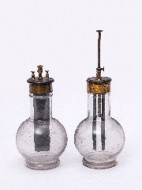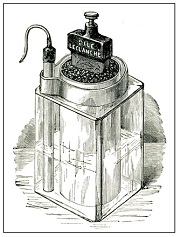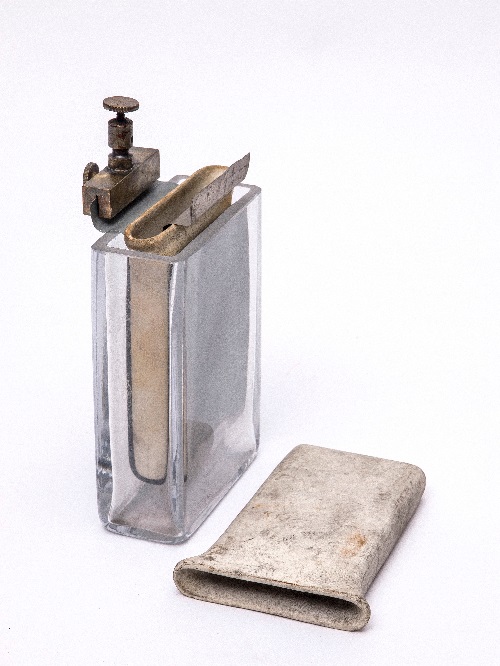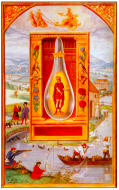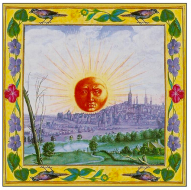Join the University of Cincinnati Libraries for a series of workshops on data management planning! The workshops will address universal data management best practices for health science, science and engineering students and professionals. While much of the focus is on STEM fields, this course will be useful for anyone interested in learning more about data management practices and principles. Each workshop will include a teaching portion and hands on activities. We recommend that registrants attend all five workshops if possible. Workshops will be held in the Health Science Library (HSL) Electronic Classroom G005G.
Register at http://webcentral.uc.edu/hslclass/home.aspx


